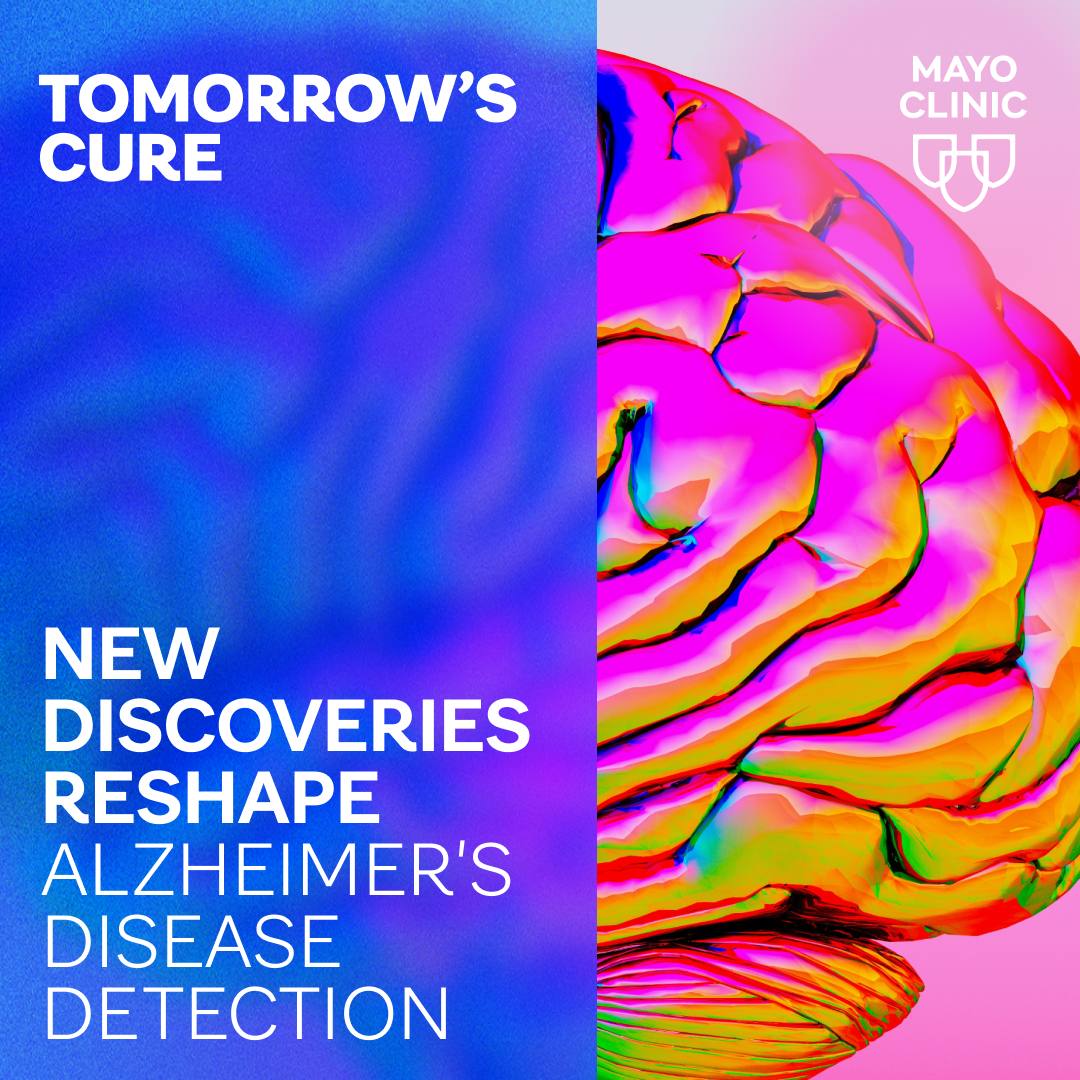Globally, 1 in 4 people over 25 will have a stroke of some form, according to the World Stroke Organization. Subarachnoid hemorrhages account for approximately 1.2 million cases of stroke each year, and nearly 40% of those cases are fatal.
Journalists: Broadcast-quality video pkg (1:01) is in the downloads at the end of the post. Please courtesy: "Mayo Clinic News Network." Read the script.
While not the most common type of stroke, a subarachnoid hemorrhage can lead to permanent brain damage or death.
"It mainly happens because of arterial bleeding on the surface of the brain," says Dr. Rabih Tawk, a Mayo Clinic neurosurgeon.
A subarachnoid hemorrhage is often linked to an aneurysm. Bleeding increases pressure around the brain, which can cause a sudden, severe headache sensation, a person to lose consciousness and brain damage.
"It happens unannounced, and most people who come to us have no symptoms before," says Dr. Tawk.
Surgeons must first stop the bleed. In cases where fluid does not drain, a device is inserted to help. This device monitors and alleviates pressure in daily management of this complex disease.
Watch for changes in headaches and other strokelike symptoms, such as slurred speech or weakness on one side of the body.
"We want them to call doctors or seek medical attention to have the appropriate workup and make sure that's not a red flag for an aneurysm that's imminent for rupture," says Dr. Tawk.
Related articles:
- "Mayo Clinic Minute: How to reduce your risk of stroke."
- "Mayo Clinic Minute: Think 'FAST' to recognize a stroke."
For the safety of its patients, staff and visitors, Mayo Clinic has strict masking policies in place. Anyone shown without a mask was recorded prior to COVID-19 or recorded in an area not designated for patient care, where social distancing and other safety protocols were followed.







